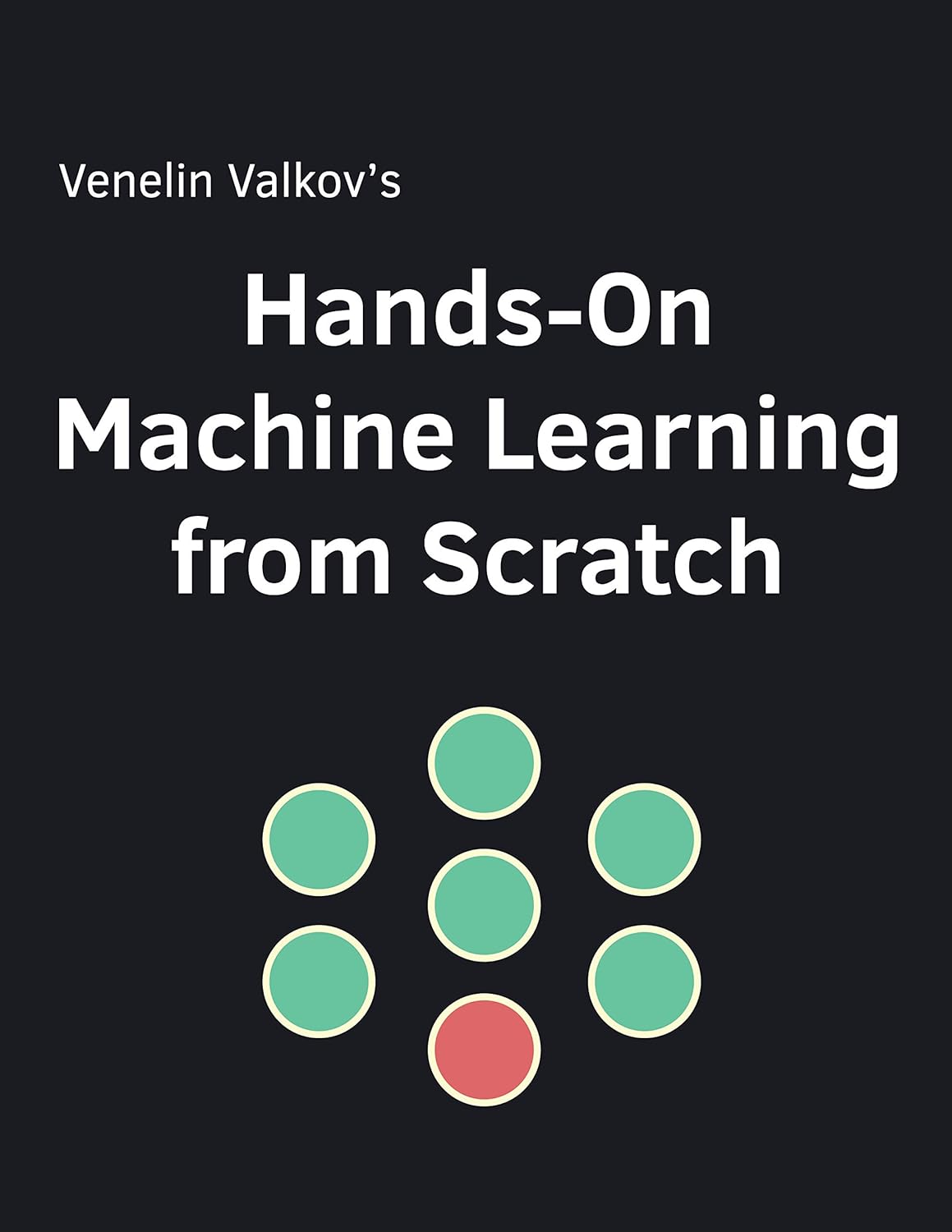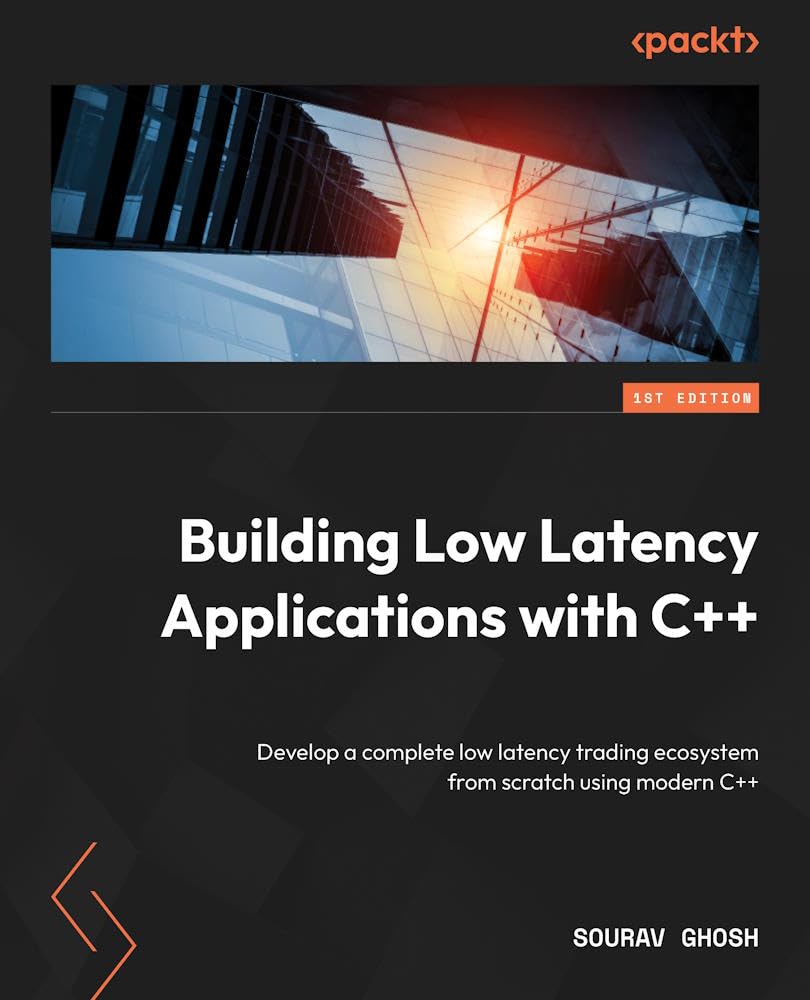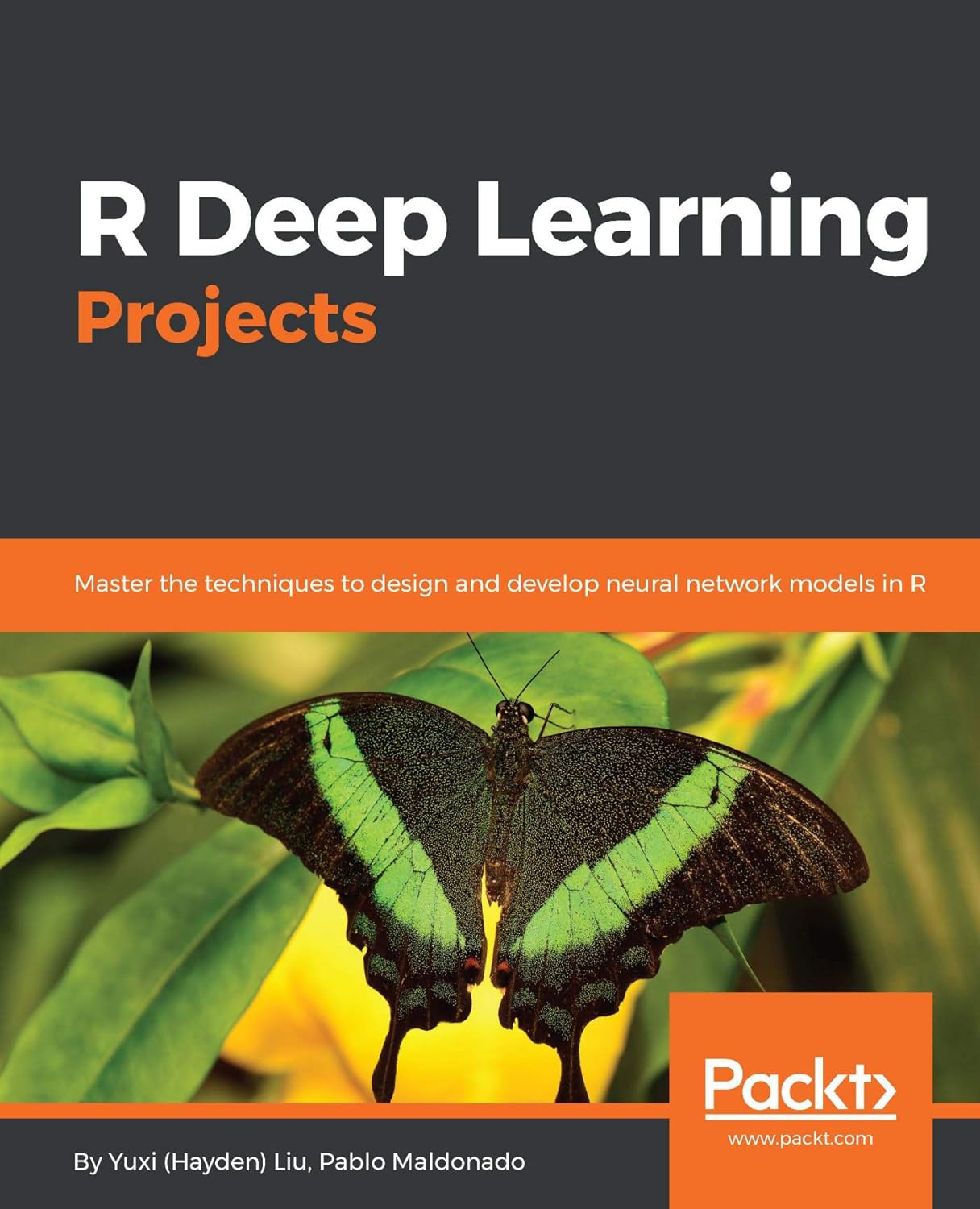Your cart is currently empty!
Tag: Develop
As bird flu concerns grow, scientists race to develop new vaccines
As fears grow of a possible bird flu pandemic in humans, the federal government is pouring more money into the development of new vaccines, including an mRNA shot.
On Friday, the Department of Health and Human Services announced it’s providing about $590 million in funding to Moderna in part to fast-track the development of an mRNA vaccine that targets the strains of bird flu currently circulating in wild birds, poultry and dairy cows.
The money is in addition to the $176 million HHS awarded the drugmaker in July to develop a bird flu vaccine.
The federal government already has two bird flu vaccine candidates in limited quantities in the nation’s stockpile. Those shots use traditional vaccine technology, but take far longer to produce — a hindrance during an emergency like a fast-moving pandemic.
Dawn O’Connell, assistant secretary for preparedness and response at HHS, said an mRNA-based bird flu vaccine is important because the technology is faster to develop and easier to update than more traditional vaccines.
“When I think about the advantages of this technology, I think about the vulnerability that the country has in the early stages of any emerging threat,” O’Connell said. “Because it can be manufactured quickly, if we began to see something sweep across the country quickly, it would allow us to move fast, to give the first line of protection to the American people.”
That’s something that health officials have so far said is unnecessary. The Centers for Disease Control and Prevention maintains that the risk to the general public is low.
Bird flu viruses typically don’t infect humans, aside from sporadic cases in people who have close contact with infected animals.
Scientists have grown increasingly alarmed, however, since the virus took hold in dairy cows last March. It’s since spread to at least 928 herds across 16 states, according to the Agriculture Department. The majority of the herds are in California.
There have been 67 confirmed cases in humans in the U.S., according to the CDC. One patient, an older person in Louisiana, has died. Nearly all of the people had contact with either dairy cows or poultry.
An mRNA bird flu vaccine
The federal government began working with Moderna in 2023 to develop mRNA influenza vaccines.
In addition to the bird flu vaccine targeting the strain currently in the U.S., called H5N1, the drugmaker will also continue work on a vaccine that targets the strain H7N9 in a phase 3 clinical trial.
Robert Johnson, director of the medical countermeasures program at HHS’ Biomedical Advanced Research and Development Authority, said the government doesn’t have a definitive timeline for when it expects an mRNA vaccine to be ready, noting that it will depend on the science and data.
Johnson added the investment shows federal health officials’ view on mRNA technology, including its versatility and its ability to be used in different ways.
“It’s really important that we look at the mRNA platform not just against H5, but against other strains of influenza, as well,” Johnson said.
More countermeasures
Since the bird flu outbreak began in dairy cows, the primary tool that public health officials have relied on hasn’t been vaccines but antivirals such as Tamiflu. It’s given to patients infected with the virus and prophylactically to people exposed to sick animals.
As the virus continues to spread among wild birds, poultry and dairy cows — giving it more chances to mutate in ways that could make it easier to spread among people — federal health officials say the U.S. will need more tools to protect the public, most notably vaccines.
The National Institutes of Health announced earlier this month that it’s providing $11 million in funding for additional research into countermeasures.
“We always want to be prepared for if there becomes episodes or sustained human-to-human transmission,” said Dr. Michael Ison, chief of the respiratory disease branch within the division of microbiology and infectious disease at the NIH. “Along those lines, the best approach to that is vaccination.”
The two vaccine candidates in the stockpile are regularly tested against currently circulating strains of bird flu, he said. While that means scientists won’t need to start from scratch like with Covid, he said, the current shots still may not provide the best protection possible and are unlikely to provide protection against multiple variants.
“Ideally, we would like vaccines that don’t need to be updated and provide cross protection irrespective of which virus emerges,” Ison said.
Preparing for possible human spread
Ison said the government is preparing for a possible scenario that bird flu does become more easily transmissible to humans.
The NIH funding announced this month will also be used to help develop new medications, such as antivirals and monoclonal antibodies, Ison said. However, he said, the majority of the funding will go toward developing or enhancing vaccines.
Matthew Frieman, a professor of viral pathogen research at the University of Maryland School of Medicine, said he is among the group of researchers receiving new funding from the NIH.
Along with researchers at the University of Maryland School of Dentistry, Frieman is developing an adjuvant — a substance used in some vaccines that can help generate a stronger immune response — that could be added to H5N1 shots.
The work to develop a bird flu adjuvant has been going on for about three years, Frieman said, and the team is currently testing the adjuvant in mice to see how well it works and comparing it to other adjuvants currently used in humans.
They hope, he said, to move from the preclinical stage to early-stage clinical trials in about a year.
“You don’t want to wait until it’s everywhere and then you decide to make a vaccine,” Frieman said. “Since we know this virus is kind of perched, ready and able to spread with probably only a handful of mutations before it could jump, there’s a dire need immediately for vaccines to be tested.”
A universal vaccine
Ted Ross, global director of vaccine development at Cleveland Clinic in Florida, is working on a universal flu vaccine that could protect against all forms of influenza, including seasonal flu and the current bird flu strain spreading in dairy cows.
A universal flu vaccine has been a long-time goal of scientists. In 2018, for example, the National Institute of Allergy and Infectious Diseases, part of the NIH, launched a strategic initiative focused on developing one.
Ross’ group began getting money from the NIH in 2018 and has received additional funds through the agency’s new announcement.
While a bird flu pandemic isn’t happening right now, Ross said the threat keeps growing, emphasizing the need to prepare now.
“The difference between what we’re doing and what maybe some other groups are doing is that our vaccine candidate is able to not only neutralize what circulates today, but it can circulate and neutralize what circulates next year and the year after,” he said.
The vaccine has already been tested against the circulating strain in dairy cows, which Ross said it “neutralized very well.”
Ross said the vaccine is scheduled to enter phase 1 clinical trials sometime in 2026, but the “urgency” of H5N1 may move the trial date to sometime this year.
“What’s disconcerting is that it seems to be now more efficiently moving into mammals, going from birds,” he said. “Chickens are a big problem. Turkey is a big problem. But now, it’s getting into cows and pigs and cats, and seems to be very lethal.”
A better and broader vaccine
Dr. Ofer Levy, director of the precision vaccines program at Boston Children’s Hospital, is working on another adjuvant for bird flu vaccines, as well as other vaccines for viruses, particularly one that works well in the very old, who he said often have trouble generating a strong immune response from vaccines.
Levy said research in mice, with support from NIH, has shown that the adjuvant, called PVP-037, generates a strong immune response.
They’re still a couple of months away from releasing data, he said, as they want to test the adjuvant against the most recent strains of bird flu.
”We’re currently doing the work to try to build a better and broader bird flu vaccine,” Levy said. “Every life is precious and we want to protect our most vulnerable.”
The goal, he said, is that adjuvant can be added to any vaccine to enhance it.
“It could be that this doesn’t turn into a huge epidemic or pandemic, but we can’t sit on our hands because the consequences of that would be very bad,” Levy said.
As bird flu concerns grow, scientists around the world are working tirelessly to develop new vaccines to combat the deadly virus. The recent outbreaks of avian influenza have raised alarm bells, leading to urgent efforts to protect both poultry and humans from the potentially devastating consequences of the disease.Bird flu, also known as avian influenza, is a highly contagious virus that primarily affects birds but can also infect humans and other animals. The virus can cause severe illness and even death in both birds and humans, making it a significant public health concern.
In response to the growing threat of bird flu, researchers and scientists are racing to develop new vaccines that can effectively prevent the spread of the virus. These vaccines aim to stimulate the body’s immune system to produce antibodies that can fight off the virus if exposed.
The development of new vaccines is a complex and time-consuming process, but scientists are working diligently to accelerate the timeline in order to protect populations from the potential devastation of a widespread bird flu outbreak. By developing effective vaccines, researchers hope to prevent the spread of the virus and mitigate its impact on both poultry and human populations.
As the threat of bird flu continues to loom large, the efforts of scientists to develop new vaccines are crucial in protecting public health and preventing the spread of this deadly virus. It is essential that we support and prioritize these research efforts in order to safeguard both human and animal populations from the potentially devastating consequences of bird flu.
Tags:
bird flu, avian influenza, vaccine development, pandemic preparedness, public health, flu outbreak, scientific research, vaccine innovation, infectious diseases, global health crisis
#bird #flu #concerns #grow #scientists #race #develop #vaccines
Hands-On Machine Learning from Scratch: Develop a Deeper Understanding of Machine Learning Models by Implementing Them from Scratch in Python (Linear Regression, … Random Forest, Neural Networks & more)
Price: $31.81
(as of Jan 02,2025 03:19:02 UTC – Details)
ASIN : B07TKYBGJD
Publication date : June 27, 2019
Language : English
File size : 7135 KB
Simultaneous device usage : Unlimited
Text-to-Speech : Enabled
Screen Reader : Supported
Enhanced typesetting : Enabled
X-Ray : Not Enabled
Word Wise : Not Enabled
Print length : 146 pages
Hands-On Machine Learning from Scratch: Develop a Deeper Understanding of Machine Learning Models by Implementing Them from Scratch in Python (Linear Regression, Random Forest, Neural Networks & more)Are you looking to take your machine learning skills to the next level? Do you want to truly understand how popular machine learning models work under the hood? If so, then this hands-on course is for you!
In this course, you will learn how to implement popular machine learning models from scratch using Python. You will start with simple models like linear regression and gradually move on to more complex models like random forests and neural networks.
By implementing these models from scratch, you will develop a deeper understanding of how they work and how to fine-tune them for better performance. You will also gain valuable insights into the inner workings of machine learning algorithms, which will help you in your future projects.
Whether you are a beginner looking to get started with machine learning or an experienced data scientist looking to deepen your understanding of machine learning models, this course is for you. So don’t wait, enroll now and take your machine learning skills to the next level!
#HandsOn #Machine #Learning #Scratch #Develop #Deeper #Understanding #Machine #Learning #Models #Implementing #Scratch #Python #Linear #Regression #Random #Forest #Neural #Networks,deep learning for nlp and speech recognition
Bert Auburn planning to return to Texas, and coaches want punter Michael Kern to stay at UT and develop
ATLANTA — Texas senior kicker Bert Auburn, who has an additional year of eligibility, told Horns247 on Monday he plans to return to Texas next season.
And Texas special teams coordinator Jeff Banks said despite signing senior Utah transfer Jack Bouwmeester, he wants freshman Michael Kern to stay at Texas and continue to develop.
“I think adding [Bouwmeester], a senior punter, coming in with Mike [Kern’s] development, we’re going to have a great, solidified punter position for the next four years, which I’m excited about,” Banks said. “I think Mike has had his two best games the last two games, so that’s been good.”
Texas coaches and players had Media Day Monday leading up to their College Football Playoff quarterfinal against Arizona State in the Peach Bowl on Jan. 1 at 12 pm CT (on ESPN).
Auburn told Horns247 he plans to return to Texas next season.
After hitting 80.8% of his field goals in 2022 (21-of-26) and 82.9% in 2023 (29-of-35), Auburn has hit just 68.2% this season (15-of-22).
Auburn is 9-of-9 on field goals of 20-39 yards, but only 6-of-11 on attempts of 40-49 yards and 0-of-2 on attempts of 50 or more yards. His misses this season have been from 43 (Michigan), 44 (OU), 51 (Florida), 47 (Kentucky), 48 (A&M), 42 and 51 yards (both in the SEC title game).
“I think it’s pretty clear as far as my game I can speak on, I mean, it hasn’t gone the way I’ve wanted it to,” Auburn said of his season so far. “It hasn’t been the best year, but, I mean, it’s all in the past. That doesn’t mean I can’t have the next couple of games going forward that I want to have. So just looking forward to what’s next.”
The good news is Auburn’s 37-yard field goal with 18 seconds left, forcing overtime against Georgia in the SEC Championship game, made Auburn 5-of-5 on field-goal attempts to tie or take the lead in the final two minutes of a game during his career. The others: a 48-yarder as time expired at Texas Tech in 2022, forcing OT; a 49-yarder with 1:27 left, giving Texas a 19-17 lead against Alabama in 2022; a 47-yarder against Oklahoma in 2023 with 1:17 left, giving Texas a 30-27 lead; a 42-yarder in OT in Texas’ 33-30 win over Kansas State in 2023.
“It’s definitely reassuring to think about [his successful pressure kicks],” Auburn said. “But like I said earlier, that’s the past. It doesn’t guarantee the next one. So really, just focusing in on everything you’ve practiced prepares you for those situations.”
Auburn said the thing he loves most about this year’s team is the culture coach Steve Sarkisian has established.
“I got here the first year Sark was here. We were five and seven, and now just being a part of the whole culture change has been, has been unreal, just what Sark and and all the seniors here, and you know, people that have left to have put into this team, as far as as culture wise, I don’t think anybody in the country can beat it.
Punter Michael Kern has struggled through freshman growing pains, averaging 40.53 yards per punt.
Most freshman punters struggle. Texas’ Michael Dickson, who won the Ray Guy Award in 2017, averaged 41.3 yards per punt as a freshman in 2015 before averaging 47.4 yards per punt in 2016 and 2017.
Banks’ plan is for Kern to stay at Texas and develop into a great punter. Bouwmeester, who averaged 45.5 ypp in 2023 with 19 punts of 50 or more yards and 20 downed inside opponents’ 20, provides veteran insurance as Kern grows on the job.
After a successful season with the Auburn Tigers, star punter Bert Auburn is reportedly planning to return to his home state of Texas. However, coaches at the University of Texas are hoping to persuade Michael Kern, their talented punter, to stay and continue to develop his skills at UT.Auburn, a native of Houston, has been a standout player for Auburn, consistently pinning opponents deep in their own territory with his booming punts. His decision to return to Texas has sparked excitement among Longhorn fans, who are eager to see him suit up in burnt orange.
Meanwhile, Kern, a promising young talent, has shown great potential during his time at Texas. Coaches believe that with the right guidance and development, he has the potential to become one of the top punters in the country.
The coaching staff at UT is working hard to convince Kern to stay and continue his development with the Longhorns. They see him as a key piece of their special teams unit and are hopeful that he will choose to remain in Austin.
As the offseason unfolds, all eyes will be on the decisions of both Auburn and Kern. Longhorn fans will be eagerly awaiting news of their plans for the upcoming season. Stay tuned for updates on this developing story.
Tags:
- Bert Auburn Texas return
- Michael Kern UT punter
- Texas football coaching news
- Bert Auburn coaching update
- Longhorns punter Michael Kern
- Texas Longhorns football updates
- Bert Auburn coaching plans
- Michael Kern development at UT
- Texas football team news
- Longhorns special teams update
#Bert #Auburn #planning #return #Texas #coaches #punter #Michael #Kern #stay #develop

How to Develop Your Eyes of Insight in Jujutsu Infinite
Jujutsu Infinite is a martial art that focuses on practical self-defense techniques and physical conditioning. One important aspect of mastering this art is developing your eyes of insight, which refers to your ability to quickly assess and understand your opponent’s movements and intentions. By honing this skill, you can anticipate your opponent’s next move and react accordingly, giving you a significant advantage in combat.Here are some tips on how to develop your eyes of insight in Jujutsu Infinite:
1. Practice mindfulness: Mindfulness is the practice of being fully present and aware of your surroundings. By being mindful during your training sessions, you can sharpen your focus and improve your ability to read your opponent’s body language and movements.
2. Study your opponent: Take the time to observe and analyze your opponent’s fighting style. Pay attention to their stance, footwork, and any patterns or tendencies they may have. By understanding how they move and attack, you can better anticipate their actions and respond effectively.
3. Train your reflexes: Developing quick reflexes is essential in Jujutsu Infinite. Practice drills that require you to react quickly to various attacks and movements. This will help you to instinctively respond to your opponent’s actions without hesitation.
4. Visualize scenarios: Visualizing different combat scenarios in your mind can help improve your ability to anticipate your opponent’s moves. By mentally rehearsing various situations, you can better prepare yourself for different outcomes and react more effectively in a real-life situation.
5. Spar with different partners: Training with a variety of partners with different fighting styles and skill levels can help you to adapt to different situations and improve your ability to read and react to your opponent’s movements. Spar regularly with different partners to challenge yourself and enhance your eyes of insight.
Developing your eyes of insight in Jujutsu Infinite takes time and dedication. By practicing mindfulness, studying your opponent, training your reflexes, visualizing scenarios, and sparring with different partners, you can sharpen your ability to read and react to your opponent’s movements effectively. With practice and persistence, you can become a skilled Jujutsu Infinite practitioner with keen eyes of insight.
#Develop #Eyes #Insight #Jujutsu #Infinite,eyes of insight jujutsu infinite
Mastering Neural Networks: How to Develop CNN Models with PyTorch and TensorFlow
Neural networks have revolutionized the field of artificial intelligence and machine learning. Convolutional Neural Networks (CNN) in particular have been instrumental in advancing computer vision tasks such as image recognition and object detection. If you are looking to master the art of developing CNN models using popular frameworks like PyTorch and TensorFlow, you’re in the right place.PyTorch and TensorFlow are two of the most widely used deep learning frameworks in the industry. They offer a comprehensive suite of tools and libraries for building, training, and deploying neural networks. In this article, we will walk you through the process of developing CNN models using both PyTorch and TensorFlow.
To start with, let’s understand the basics of CNNs. A CNN is a type of neural network that is specifically designed for processing grid-like data, such as images. It consists of multiple layers of convolutional and pooling operations, followed by fully connected layers for classification. The convolutional layers learn to extract relevant features from the input data, while the pooling layers reduce the spatial dimensions of the feature maps.
In PyTorch, you can define a CNN model using the nn.Module class. Here’s an example of a simple CNN model in PyTorch:
“`
import torch
import torch.nn as nn
class CNNModel(nn.Module):
def __init__(self):
super(CNNModel, self).__init__()
self.conv1 = nn.Conv2d(in_channels=1, out_channels=16, kernel_size=3, stride=1, padding=1)
self.pool = nn.MaxPool2d(kernel_size=2, stride=2)
self.fc1 = nn.Linear(16 * 14 * 14, 10)
def forward(self, x):
x = self.conv1(x)
x = self.pool(x)
x = x.view(-1, 16 * 14 * 14)
x = self.fc1(x)
return x
“`
In this model, we have defined a convolutional layer with 16 output channels, followed by a max pooling layer and a fully connected layer for classification. To train the model, you can use the PyTorch’s DataLoader class to load and preprocess the data, and the nn.CrossEntropyLoss class for the loss function.
Similarly, in TensorFlow, you can define a CNN model using the tf.keras.Sequential class. Here’s an example of a CNN model in TensorFlow:
“`
import tensorflow as tf
from tensorflow.keras import layers
model = tf.keras.Sequential([
layers.Conv2D(filters=16, kernel_size=3, activation=’relu’, input_shape=(28, 28, 1)),
layers.MaxPooling2D(pool_size=2),
layers.Flatten(),
layers.Dense(10, activation=’softmax’)
])
“`
In this model, we have defined a convolutional layer with 16 filters, followed by a max pooling layer, a flatten layer, and a fully connected layer for classification. To train the model, you can use the tf.keras.optimizers.Adam class for optimization and the tf.losses.SparseCategoricalCrossentropy class for the loss function.
To improve the performance of your CNN models, you can experiment with different architectures, hyperparameters, and optimization techniques. You can also use pre-trained models or transfer learning to leverage the knowledge learned from large datasets.
In conclusion, mastering neural networks and developing CNN models with frameworks like PyTorch and TensorFlow requires practice, experimentation, and a deep understanding of the underlying principles. By following the guidelines provided in this article and exploring the vast resources available online, you can become proficient in building state-of-the-art CNN models for a wide range of computer vision tasks.
#Mastering #Neural #Networks #Develop #CNN #Models #PyTorch #TensorFlow,understanding deep learning: building machine learning systems with pytorch
and tensorflow: from neural networks (cnnFastAPI Cookbook: Develop high-performance APIs and web applications with Pyt…
FastAPI Cookbook: Develop high-performance APIs and web applications with Pyt…
Price : 53.08
Ends on : N/A
View on eBay
hon and FastAPIFastAPI is a modern web framework for building APIs in Python. It is known for its high performance and ease of use, making it a popular choice for developing web applications and APIs. In this FastAPI Cookbook, we will explore various recipes and best practices for developing high-performance APIs and web applications with FastAPI.
1. Setting up a FastAPI project: Learn how to set up a new FastAPI project and structure your code for optimal performance.
2. Handling requests and responses: Explore how to handle different types of requests and responses in FastAPI, including JSON, form data, and file uploads.
3. Authentication and authorization: Implement authentication and authorization mechanisms in your FastAPI application to secure your APIs and protect sensitive data.
4. Database interactions: Connect your FastAPI application to a database and perform CRUD operations using popular ORMs like SQLAlchemy or Tortoise-ORM.
5. Testing and debugging: Learn how to write unit tests for your FastAPI application and debug common issues to ensure the reliability of your APIs.
6. Deployment and scaling: Deploy your FastAPI application to production and scale it to handle high traffic using tools like Docker, Kubernetes, and AWS.
7. Performance optimization: Optimize the performance of your FastAPI application by profiling and tuning your code, caching responses, and using asynchronous programming with asyncio.
Whether you are a beginner or an experienced developer, this FastAPI Cookbook will help you master the art of building high-performance APIs and web applications with Python and FastAPI. Stay tuned for more recipes and tips to level up your FastAPI skills!
#FastAPI #Cookbook #Develop #highperformance #APIs #web #applications #Pyt.., high-performance computing
Building Low Latency Applications with C++: Develop a complete low latency trading ecosystem from scratch using modern C++
Price: $31.91
(as of Dec 29,2024 19:01:28 UTC – Details)From the brand


See more at our store:


Packt is a leading publisher of technical learning content with the ability to publish books on emerging tech faster than any other.
Our mission is to increase the shared value of deep tech knowledge by helping tech pros put software to work.
We help the most interesting minds and ground-breaking creators on the planet distill and share the working knowledge of their peers.
ASIN : B0C6QS776X
Publisher : Packt Publishing; 1st edition (July 21, 2023)
Publication date : July 21, 2023
Language : English
File size : 12180 KB
Text-to-Speech : Enabled
Screen Reader : Supported
Enhanced typesetting : Enabled
X-Ray : Not Enabled
Word Wise : Not Enabled
Print length : 506 pages
In today’s fast-paced world of high-frequency trading, having low latency applications is crucial for gaining a competitive edge in the market. One way to achieve this is by using modern C++ to develop a complete low latency trading ecosystem from scratch.In this post, we will discuss the key components and best practices for building low latency applications with C++. We will cover topics such as networking, threading, data structures, and optimization techniques to help you create a high-performance trading system.
Whether you are a seasoned developer looking to improve your existing trading infrastructure or a newcomer interested in learning how to build low latency applications, this post will provide you with the knowledge and tools to succeed in the fast-paced world of high-frequency trading. Stay tuned for more updates on how to build low latency applications with C++!
#Building #Latency #Applications #Develop #complete #latency #trading #ecosystem #scratch #modern,building low latency applications with c++: develop a complete low latency
trading ecosystem from scratch using modern c++
Building Industrial Twins: Design, develop, and deploy twin solutions for r…

Building Industrial Twins: Design, develop, and deploy twin solutions for r…
Price : 69.65
Ends on : N/A
View on eBay
Building Industrial Twins: Design, develop, and deploy twin solutions for revolutionizing manufacturingIn today’s rapidly evolving industrial landscape, the concept of digital twins has emerged as a game-changer for manufacturers looking to optimize processes, reduce downtime, and improve overall efficiency. By creating digital replicas of physical assets, processes, and systems, industrial twins enable real-time monitoring, analysis, and simulation, leading to data-driven decision-making and predictive maintenance.
At our company, we specialize in designing, developing, and deploying industrial twin solutions that are tailored to the unique needs of manufacturing facilities. Our team of experts combines cutting-edge technology with industry expertise to create digital twins that provide actionable insights and drive continuous improvement.
Whether you’re looking to monitor the performance of a specific machine, optimize production workflows, or predict equipment failures before they occur, our industrial twin solutions can help you achieve your goals. By leveraging the power of data analytics, machine learning, and IoT devices, we can create a digital replica of your manufacturing operations that unlocks new opportunities for efficiency and innovation.
If you’re ready to revolutionize your manufacturing processes and unlock the full potential of digital twins, contact us today to learn more about our services and how we can help you achieve your goals. Let’s build the future of industrial manufacturing together.
#Building #Industrial #Twins #Design #develop #deploy #twin #solutions #r..
Mastering Neural Networks: How to Develop Powerful Machine Learning Systems Using CNNs
Neural networks have become an increasingly popular tool in the field of machine learning, with applications ranging from image recognition to natural language processing. Convolutional Neural Networks (CNNs) in particular have proven to be highly effective in tasks such as image classification and object detection. In this article, we will discuss how to develop powerful machine learning systems using CNNs.One of the key advantages of CNNs is their ability to automatically learn features from raw input data, making them well-suited for tasks where traditional machine learning algorithms struggle. For example, in image classification, CNNs can learn to detect edges, textures, and shapes in an image, without the need for hand-engineered features. This allows them to achieve state-of-the-art performance on tasks such as identifying objects in photographs.
To develop a powerful machine learning system using CNNs, it is important to follow a systematic approach. First, you need to gather and preprocess your data. This may involve collecting a large dataset of images, labeling them with the correct classes, and resizing or normalizing the images to ensure they are all the same size and format. Next, you need to split your data into training and testing sets, to evaluate the performance of your model on unseen data.
Once you have prepared your data, you can start building your CNN model. This typically involves stacking layers of convolutional, pooling, and fully connected layers, along with activation functions such as ReLU and softmax. You can also add regularization techniques such as dropout to prevent overfitting. It is important to experiment with different architectures and hyperparameters to find the best model for your specific task.
Training a CNN model can be computationally intensive, especially if you are working with a large dataset. It is important to use a powerful GPU to accelerate the training process. You should also monitor the training progress and adjust your model as needed, for example by changing the learning rate or increasing the number of epochs.
Once you have trained your CNN model, you can evaluate its performance on the testing set to see how well it generalizes to new data. You can also fine-tune your model by using techniques such as transfer learning, where you start with a pre-trained model and fine-tune it on your specific dataset.
In conclusion, mastering neural networks and developing powerful machine learning systems using CNNs requires a combination of theoretical knowledge, practical experience, and experimentation. By following a systematic approach and continuously improving your model, you can achieve impressive results on a wide range of machine learning tasks.
#Mastering #Neural #Networks #Develop #Powerful #Machine #Learning #Systems #CNNs,understanding deep learning: building machine learning systems with pytorch
and tensorflow: from neural networks (cnn
R Deep Learning Projects: Master the techniques to design and develop neural network models in R
Price: $36.99
(as of Dec 29,2024 04:38:12 UTC – Details)
ASIN : B079DWS2YR
Publisher : Packt Publishing; 1st edition (February 22, 2018)
Publication date : February 22, 2018
Language : English
File size : 14396 KB
Text-to-Speech : Enabled
Screen Reader : Supported
Enhanced typesetting : Enabled
X-Ray : Not Enabled
Word Wise : Not Enabled
Print length : 260 pages
Are you looking to take your deep learning skills to the next level? Look no further than R Deep Learning Projects! In this post, we will explore how you can master the techniques to design and develop neural network models in R.R is a powerful programming language and environment for statistical computing and graphics. With its extensive libraries and packages for machine learning, R is an excellent choice for developing deep learning projects.
In this post, we will cover a range of deep learning projects that you can tackle in R. From image classification to natural language processing, we will explore different types of neural network models and techniques that you can use to solve complex problems.
Whether you are a beginner or an experienced data scientist, R Deep Learning Projects will help you sharpen your skills and take your deep learning projects to the next level. So, what are you waiting for? Dive into the world of deep learning with R and unleash your creativity and innovation!
#Deep #Learning #Projects #Master #techniques #design #develop #neural #network #models,rnn
